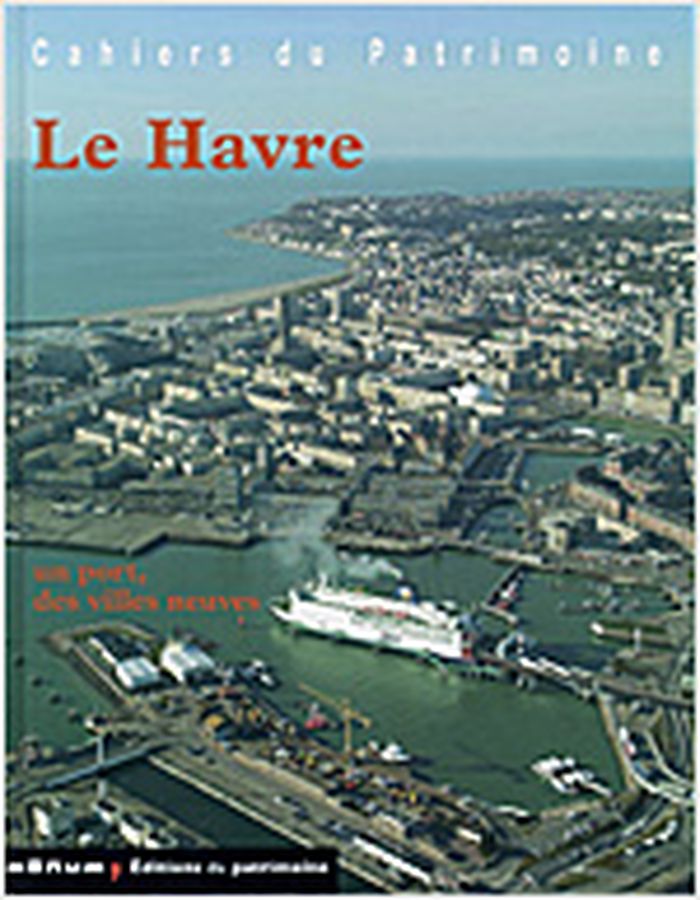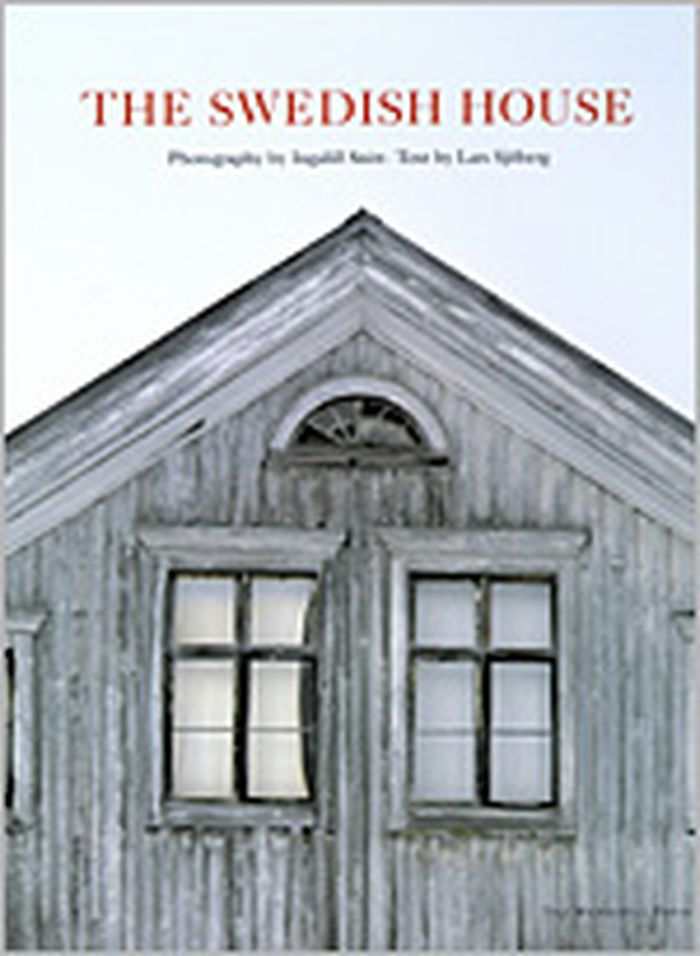livres
$115.00
(disponible sur commande)
Résumé:
Cet ouvrage de référence, que l'on peut parcourir comme un dictionnaire, illustré de plus de 500 documents souvent inédits, décrit par le détail l'architecture, les manifestations, les expositions, les fêtes populaires, les cafés et restaurants et réalise pour la première fois une enquête exhaustive sur tous les immeubles de l'avenue, numéro par numéro,(...)
Les Champs-Élysées : Trois siècles d'histoire
Actions:
Prix:
$115.00
(disponible sur commande)
Résumé:
Cet ouvrage de référence, que l'on peut parcourir comme un dictionnaire, illustré de plus de 500 documents souvent inédits, décrit par le détail l'architecture, les manifestations, les expositions, les fêtes populaires, les cafés et restaurants et réalise pour la première fois une enquête exhaustive sur tous les immeubles de l'avenue, numéro par numéro, sans oublier les coulisses de la grande rénovation des années 90.
livres
décembre 1997, Paris
Histoire jusqu’à 1900
livres
$34.95
(disponible sur commande)
Résumé:
This room-by-room walk-through of five restored bungalows serves as a guide for designers and restorers of this classic building type. Photographs by Walter Smalling Jr.
Bungalow : American restoration style
Actions:
Prix:
$34.95
(disponible sur commande)
Résumé:
This room-by-room walk-through of five restored bungalows serves as a guide for designers and restorers of this classic building type. Photographs by Walter Smalling Jr.
livres
septembre 1998, Salt Lake City
Histoire jusqu’à 1900
livres
$25.00
(disponible sur commande)
Résumé:
Affected by local climate, construction practices, regional culture, and Florida lifestyle, the works of the Sarasota school of architecture mark a high point in the development of regional modernism in American architecture. John Howey provides the first solid documentation of the Sarasota group's designs and theories.
Histoire jusqu’à 1900
septembre 1997, Cambridge, Mass.
Sarasota school of architecture
Actions:
Prix:
$25.00
(disponible sur commande)
Résumé:
Affected by local climate, construction practices, regional culture, and Florida lifestyle, the works of the Sarasota school of architecture mark a high point in the development of regional modernism in American architecture. John Howey provides the first solid documentation of the Sarasota group's designs and theories.
livres
septembre 1997, Cambridge, Mass.
Histoire jusqu’à 1900
livres
$27.95
(disponible sur commande)
Résumé:
An illustrated guide to 130 of the most unusual structures in America.
Architectural follies in America
Actions:
Prix:
$27.95
(disponible sur commande)
Résumé:
An illustrated guide to 130 of the most unusual structures in America.
livres
avril 1996, New York
Histoire jusqu’à 1900
livres
$41.95
(disponible sur commande)
Résumé:
This field guide to the region's historic vernacular architecture explores the character of pre-1940 domestic and agricultural buildings in the towns and rural landscapes of southern New Jersey, Delaware, and coastal Maryland abd Virginia.
Histoire jusqu’à 1900
avril 1997, Baltimore
Everyday architecture of the mid-atlantic : looking at buildings and landscapes
Actions:
Prix:
$41.95
(disponible sur commande)
Résumé:
This field guide to the region's historic vernacular architecture explores the character of pre-1940 domestic and agricultural buildings in the towns and rural landscapes of southern New Jersey, Delaware, and coastal Maryland abd Virginia.
livres
avril 1997, Baltimore
Histoire jusqu’à 1900
$99.95
(disponible sur commande)
Résumé:
La ville du Havre, présente une histoire faite de ruptures. Leure, le port d’origine, se trouva comme effacé par la guerre de Cent Ans. Le Havre proprement dit a été fondé par François Ier, qui voulait un port pour faciliter les échanges rouennais, notamment avec l’Amérique. A la fin du XIXe siècle et au début du XXe, le Havre connaît un développement des plus rapides.(...)
Le Havre : un port, des villes neuves
Actions:
Prix:
$99.95
(disponible sur commande)
Résumé:
La ville du Havre, présente une histoire faite de ruptures. Leure, le port d’origine, se trouva comme effacé par la guerre de Cent Ans. Le Havre proprement dit a été fondé par François Ier, qui voulait un port pour faciliter les échanges rouennais, notamment avec l’Amérique. A la fin du XIXe siècle et au début du XXe, le Havre connaît un développement des plus rapides. Les bombardements de la Seconde Guerre mondiale, en feront une des villes d’Europe les plus sinistrées. Sa reconstruction selon les plans de l’équipe Perret se posera en exemple et chef-d’œuvre d’architecture rationaliste. Dès l’après-guerre, l’expansion urbaine reprendra à une rythme effréné jusqu'à la fin du XXe siècle. Le livre aborde la ville par sa réalité physique et met en évidence les rapports du port et de la ville. Il restitue toute la richesse de cette ville au passé détruit, mais dont la qualité architecturale contemporaine lui vaut d’être proposée par la France pour une inscription sur la liste du patrimoine mondial de l’humanité.
Histoire jusqu’à 1900
The Swedish house
$65.00
(disponible sur commande)
Résumé:
The traditions of residential design in Sweden are inseparable from the history of the country itself and from the history of construction in Scandinavia. This illustrated volume presents historic wood houses - castles, cottages, stately homes, rectories, seaside bathing huts, barns and sawmills - from the seventeenth century to the present. Also shown in detail are(...)
The Swedish house
Actions:
Prix:
$65.00
(disponible sur commande)
Résumé:
The traditions of residential design in Sweden are inseparable from the history of the country itself and from the history of construction in Scandinavia. This illustrated volume presents historic wood houses - castles, cottages, stately homes, rectories, seaside bathing huts, barns and sawmills - from the seventeenth century to the present. Also shown in detail are wooden churches and even entire towns built of wood. Among the buildings featured are a farmhouse on the Sorby country estate dating from the second half of the seventeenth century; the childhood home and the adult estate, Hammarby, of the influential botanist LLinnaeus (complete with lecture pulpit and specimen collection cabinet): and Gunnebo, a lavish wooden interpretation of an Italian villa built for wealthy merchant John Hall. With photographs by Ingalill Snitt.
Histoire jusqu’à 1900
livres
$35.95
(disponible sur commande)
Résumé:
Le Marais, ancien marécage où s'étendaient des terrains cultivés, a été couvert d'Hôtels aristocratiques... Cette définition du quartier a poussé Juliette Faure à connaître plus précisément l'espace et les sociétés qui l'ont modelé. Depuis le Moyen-Âge, nous trouvons ici les témoins des modes de vie. C'est au XIXe siècle que le Marais a vu se transformer(...)
Le Marais : organisation du cadre bâti
Actions:
Prix:
$35.95
(disponible sur commande)
Résumé:
Le Marais, ancien marécage où s'étendaient des terrains cultivés, a été couvert d'Hôtels aristocratiques... Cette définition du quartier a poussé Juliette Faure à connaître plus précisément l'espace et les sociétés qui l'ont modelé. Depuis le Moyen-Âge, nous trouvons ici les témoins des modes de vie. C'est au XIXe siècle que le Marais a vu se transformer les Hôtels et les maisons d'accompagnement pour accueillir l'artisanat et la petite industrie. De nos jours le vieux quartier renaît en ouvrant les portes des demeures prestigieuses qui sont réaménagées en musées, bibliothèques, salles de conférence. De même, les mutations dans les commerces accompagnent le changement partiel de la population.
livres
janvier 1998, Paris
Histoire jusqu’à 1900
livres
$90.00
(disponible sur commande)
Résumé:
In this book Akos Moravanszky presents the first comparative study of the architecture of the countries that defined the Austro-Hungarian monarchy from 1867 to 1918. He discusses the aesthetic innovations of Central European architects by analyzing key buildings and by studying the crucial debates about modernity, national identity, tectonic form, and the social roles of(...)
Competing visions : aesthetic invention and social imagination in Central European architecture, 1867-1918
Actions:
Prix:
$90.00
(disponible sur commande)
Résumé:
In this book Akos Moravanszky presents the first comparative study of the architecture of the countries that defined the Austro-Hungarian monarchy from 1867 to 1918. He discusses the aesthetic innovations of Central European architects by analyzing key buildings and by studying the crucial debates about modernity, national identity, tectonic form, and the social roles of the architect.
livres
décembre 1997, Cambridge, Mass.
Histoire jusqu’à 1900
livres
$49.95
(disponible sur commande)
Résumé:
Architecture in Detail series.
Financial Times print works : London 1988, Nicholas Grimshaw & Partners
Actions:
Prix:
$49.95
(disponible sur commande)
Résumé:
Architecture in Detail series.
livres
janvier 1990, London
Histoire jusqu’à 1900

